Where Seas are Rising at Alarming Speed – the Washington Post
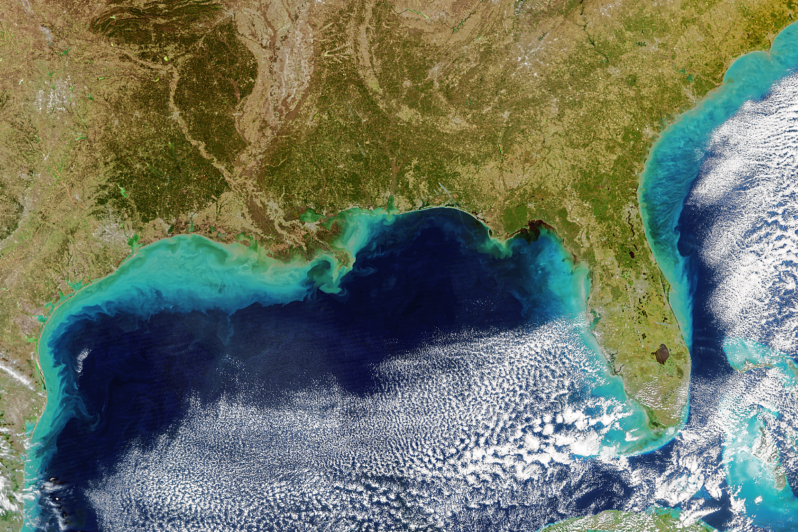
One of the most rapid sea level surges on Earth is besieging the American South, forcing a reckoning for coastal communities across eight U.S. states…At more than a dozen tide gauges spanning from Texas to North Carolina, sea levels are at least 6 inches higher than they were in 2010 — a change similar to what occurred over the previous five decades…
A ‘collapse’ is looming for Louisiana’s coastal wetlands, scientists say – the Washington Post
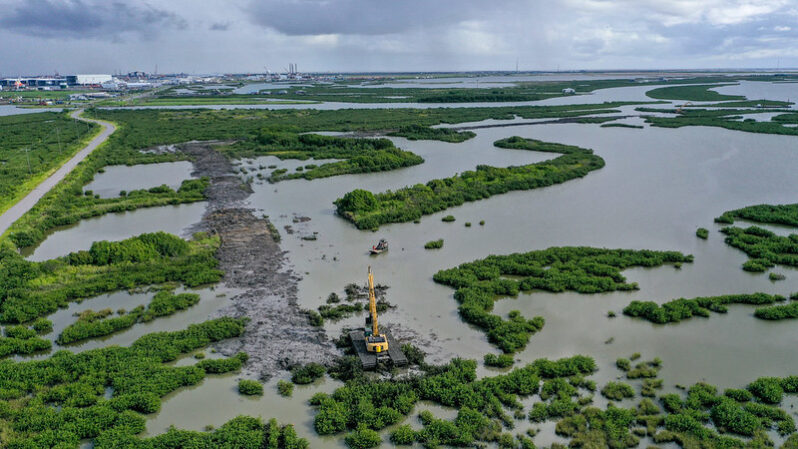
Scientists say the overwhelming majority of the state’s wetlands — a natural buffer against hurricanes — are in a state of ‘drowning’ and could be gone by 2070…
West Antarctic ice sheet faces ‘unavoidable’ melting, a warning for sea level rise – the Washington Post

Accelerating ice losses are all but “unavoidable” this century in vulnerable West Antarctic ice shelves as waters warm around them, according to new research. And the analysis could mean scientists were too conservative in predicting about one to three feet of sea level rise by 2100…
Greenland’s ice shelves hold back sea level rise. There are just 5 left – the Washington Post
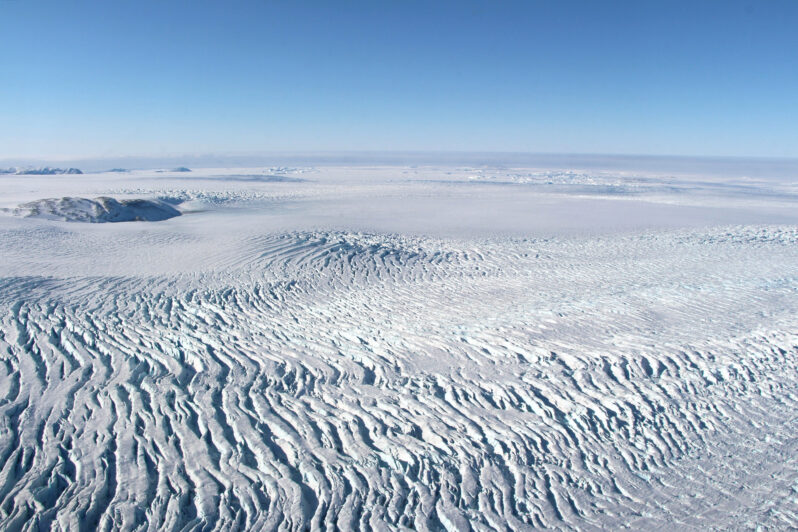
And now there are only five large shelves left, stretching out from their fjords toward the Greenland Sea and the Arctic Ocean. That includes three major ones — Petermann, Ryder and Nioghalvfjerdsbrae (often referred to as 79 North for its location in degrees latitude) — whose respective glaciers could ultimately account for 3.6 feet of sea level rise if they were to melt entirely — a process that would take centuries to play out…
Seas have drastically risen along southern U.S. coast in past decade – the Washington Post
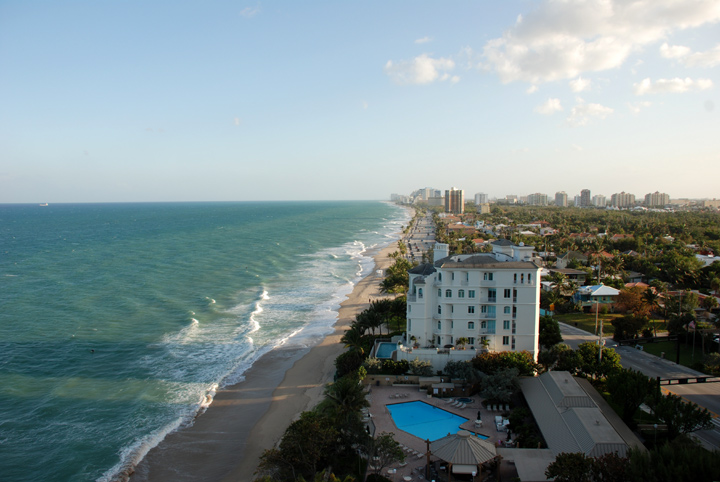
Multiple new studies highlight a rate of sea level rise that is ‘unprecedented in at least 120 years’ along the Gulf of Mexico and southeastern U.S. coast.
Scientists have documented an abnormal and dramatic surge in sea levels along the U.S. gulf and southeastern coastlines since about 2010, raising new questions about whether New Orleans, Miami, Houston and other coastal communities might be even more at risk from rising seas than once predicted…
On the Edge of Retreat (multimedia feature) – the Washington Post
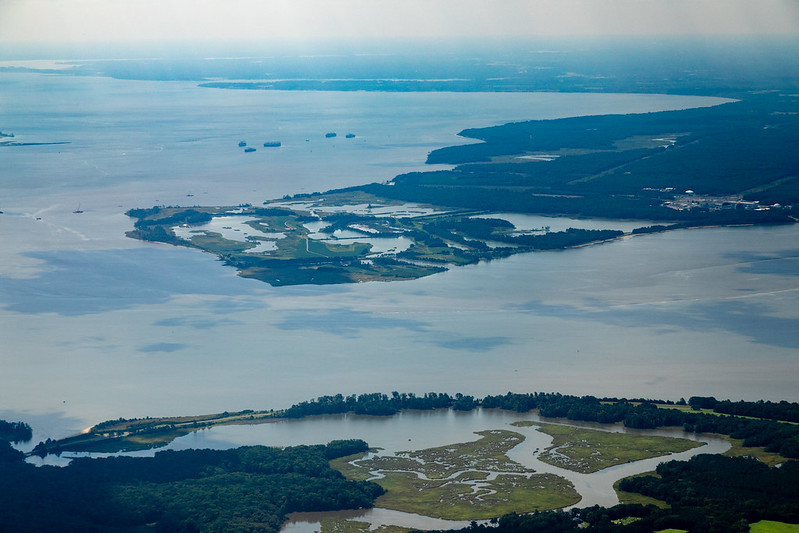
A century ago, about 250 people lived on Hog Island, a seven-mile expanse off the Virginia coast. They raised livestock and gathered oysters. They lived in a town called Broadwater, worked at the lighthouse and Coast Guard station, and danced at night in a social hall called the Red Onion.
But that was back when there was still soil beneath their feet…
